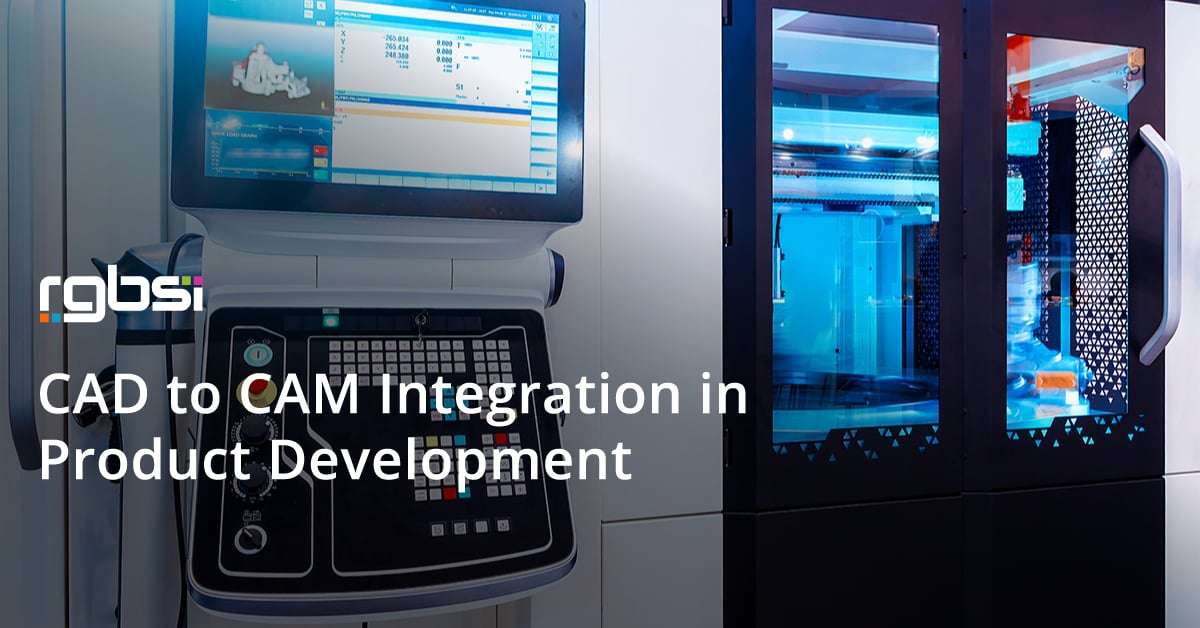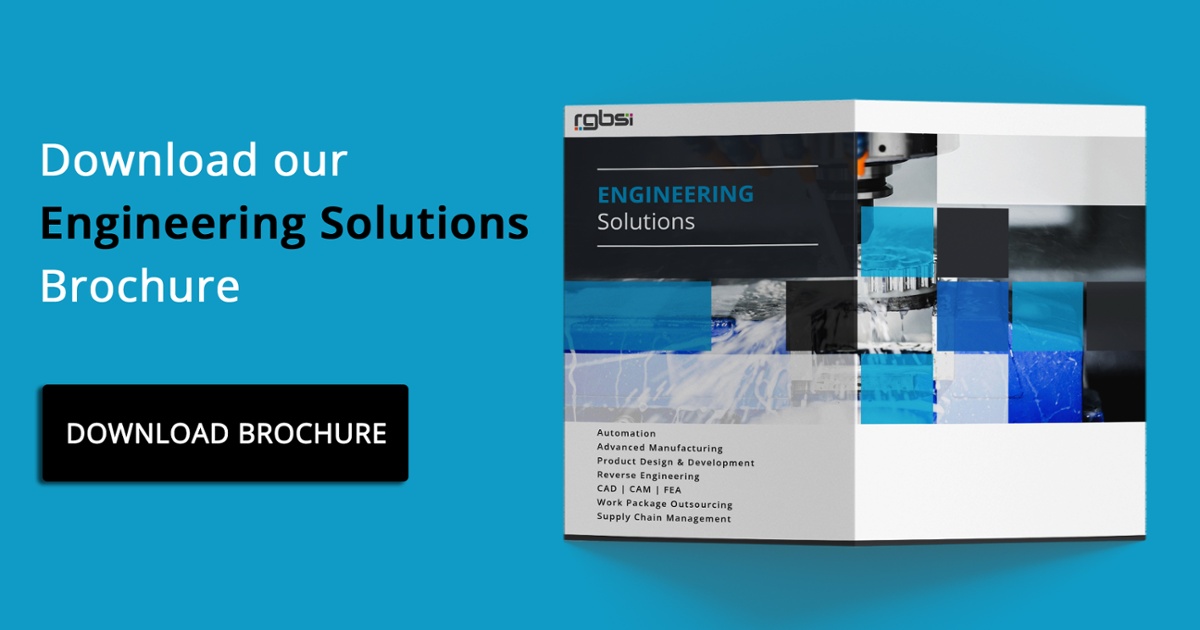
Most companies observe the autonomous functions of product design and manufacturing groups, thereby operating as separate entities. Usually, until the design is released for production by a design engineer, the production personnel would typically not work on developing the product.
What are CAD and CAM?
One of the difficulties facing product development is the transition from design to the manufacturing team. Since design engineers and manufacturing engineers use different tools for handling data, this handoff has caused confusion and more work as it required data imports, translations, and conversions.
Design engineers use computer-aided design (CAD) software to design the product. CAD systems allow designers to view objects under a wide array of representations. On the other hand, manufacturing engineers use computer-aided manufacturing (CAM). CAM uses geometric design data to control and operate automated machinery.
Because of the communication problem with the design and manufacturing teams’ autonomy, engineers developed integrated CAD/CAM platforms.
The Relationship Between CAD and CAM
The different use of CAD and CAM systems uses a linear workflow between the design and manufacturing teams. The sequential handoff of design data, with ensuing back-and-forth, later on, has added a possible souring relationship between each group and additional costs and delays. An integrated CAD/CAM got developed to overcome this issue.
An integrated CAD/CAM solution is a CAM solution that uses a CAD system as its front-end geometry engine. This integrated solution system performs CAM operations on the CAD file itself, providing bi-directional associativity instead of the linear process of non-integration of CAD and CAM.
CAD to CAM Integration Process
With the CAD to CAM integration platform, the linear, sequential workflow becomes a collaborative process promoting more time-efficient and cost-effective interaction during the early parts of the process. The core of this improved design through manufacturing workflow is the common data format and the convenient, valuable communication that it stimulates.
Specifically, an integrated CAD/CAM platform offers a single model that supports both design and manufacturing functions, thereby eliminating the need for various file formats, numerous data translations, and conversions. The CAD model becomes the sole geometry in play to the CAM system.
With the integration of CAD and CAM models into a single-model paradigm, the communication barriers between the design and manufacturing teams get broken down as working with identical data is like speaking the same language.
Once the old Iteration norms became extinct, Iterations accounted for a speedy production without the repetitive data manipulations. Additionally, costs and working time get reduced.
Benefits of Integrating CAD and CAM
Integrating CAD and CAM onto a single platform has resulted in workflow advantages, including secured data accuracy, promotion of a concurrent, bi-directional design, and less time and reduced expenses. It involves a much simpler system. More specifically, the integrated CAD/CAM platform results in value-added benefits.
Saving Time
The most direct effect of the integration of CAD/CAM is that it helps save time due to improved quality, streamlining processes into a more straightforward, single-model data format. Manufacturers can cut delivery time with CAD customization and design automation for improved manufacturing.
Reducing Expenses
CAD/CAM integration results in the early identification of cost-effective production methods that, in turn, results in remarkable savings from expenses.
Improving Quality of Products
The elimination of the linear, sequential working methods resulted in better collaboration among the design and manufacturing teams. This then resulted in quality production and innovation.
About RGBSI
At RGBSI, we deliver total workforce management, engineering, quality lifecycle management, and IT solutions that provide strategic partnership for organizations of all sizes.
Engineering Solutions
As an organization of engineering experts, we understand the importance of modernization. By pairing modern technology with design expertise, we elevate fundamental engineering principles to accommodate growing product complexity requirements. We work with clients to unlock the full potential of their products and enable future innovation.
Our CAD customization and automation services include design process automation, drafting automation, macros development, API, toolbar, and user interface customization.
Learn more about our engineering services.











